Picture this: you’re standing in a tropical rainforest, surrounded by what appears to be an endless stream of tiny black ants marching in perfect formation. To your eyes, they all look virtually identical—same size, same color, same determined march. But here’s the shocking truth: within that single column, there could be representatives from dozens of different species, each with their own unique evolutionary story, behaviors, and ecological roles. This is the incredible challenge that myrmecologists (ant scientists) face every single day as they work to untangle one of nature’s most complex puzzles.
The Staggering Diversity Hidden in Plain Sight

The ant world contains an absolutely mind-blowing level of diversity that would make even the most seasoned biologist’s head spin. Scientists have currently identified over 15,000 different ant species worldwide, but experts estimate that the true number could easily exceed 25,000 species. What makes this even more remarkable is that many of these species are so similar in appearance that distinguishing between them requires specialized equipment and years of training.
Consider the genus Solenopsis, which includes fire ants—a group that looks almost identical to the untrained eye. Yet within this single genus, there are over 200 distinct species, each with subtle but crucial differences in their biology, behavior, and ecological impact. Some species are aggressive invaders that can devastate ecosystems, while others are harmless native species that play vital roles in their local environments.
Why Traditional Classification Methods Fall Short
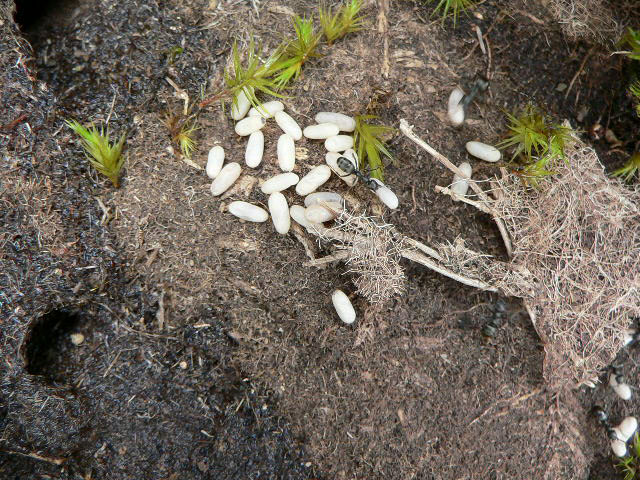
For centuries, scientists relied primarily on morphological characteristics—the physical features they could observe with the naked eye or basic microscopes. This approach worked reasonably well for larger, more visually distinct animals, but ants presented a unique challenge that pushed traditional taxonomy to its breaking point. Many ant species are what scientists call “cryptic species”—organisms that look nearly identical but are genetically and behaviorally distinct.
The problem becomes even more complex when you consider that ants undergo complete metamorphosis, meaning their appearance changes dramatically throughout their life cycle. A larva, pupa, and adult of the same species can look completely different from one another. Add to this the fact that many ant colonies contain multiple castes—workers, soldiers, and reproductives—each with their own distinct morphology, and you begin to understand why classification becomes so challenging.
The Revolutionary Power of DNA Barcoding
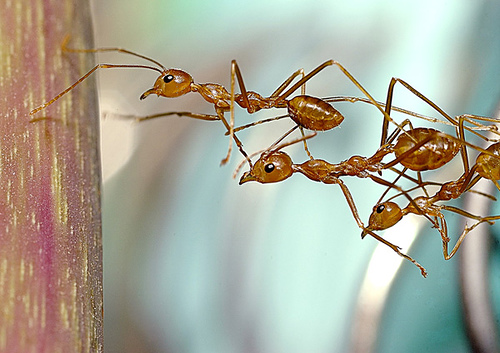
The introduction of DNA barcoding has absolutely revolutionized how scientists approach ant classification, opening up entirely new possibilities for understanding these remarkable creatures. This technique involves analyzing specific regions of an organism’s DNA that act like unique fingerprints, allowing researchers to definitively identify species even when they look identical to the human eye. The most commonly used gene region for ants is the cytochrome c oxidase subunit I (COI), which provides a reliable molecular signature for most species.
What’s truly exciting about DNA barcoding is its speed and accuracy compared to traditional methods. Where it might take weeks or months to identify an ant species using morphological characteristics alone, DNA barcoding can provide results in just a few days. This efficiency is crucial when dealing with the massive diversity of ant species and the urgent need to catalog biodiversity before it’s lost to habitat destruction.
Microscopic Features That Make All the Difference

When scientists do use morphological characteristics for ant identification, they focus on incredibly minute details that would be invisible to casual observers. The shape and number of teeth on an ant’s mandibles, the pattern of ridges on their exoskeleton, and even the precise angle of certain body segments can all serve as diagnostic features. These microscopic differences often reflect important ecological adaptations that have evolved over millions of years.
One particularly fascinating example involves the study of ant antennae, which can contain hundreds of subtle variations in segment length, shape, and surface texture. These differences aren’t just cosmetic—they directly relate to how different species communicate, navigate, and interact with their environment. A species that relies heavily on chemical communication might have longer, more sensitive antennae, while one that depends more on visual cues might have shorter, more robust ones.
The Role of Behavioral Patterns in Species Identification
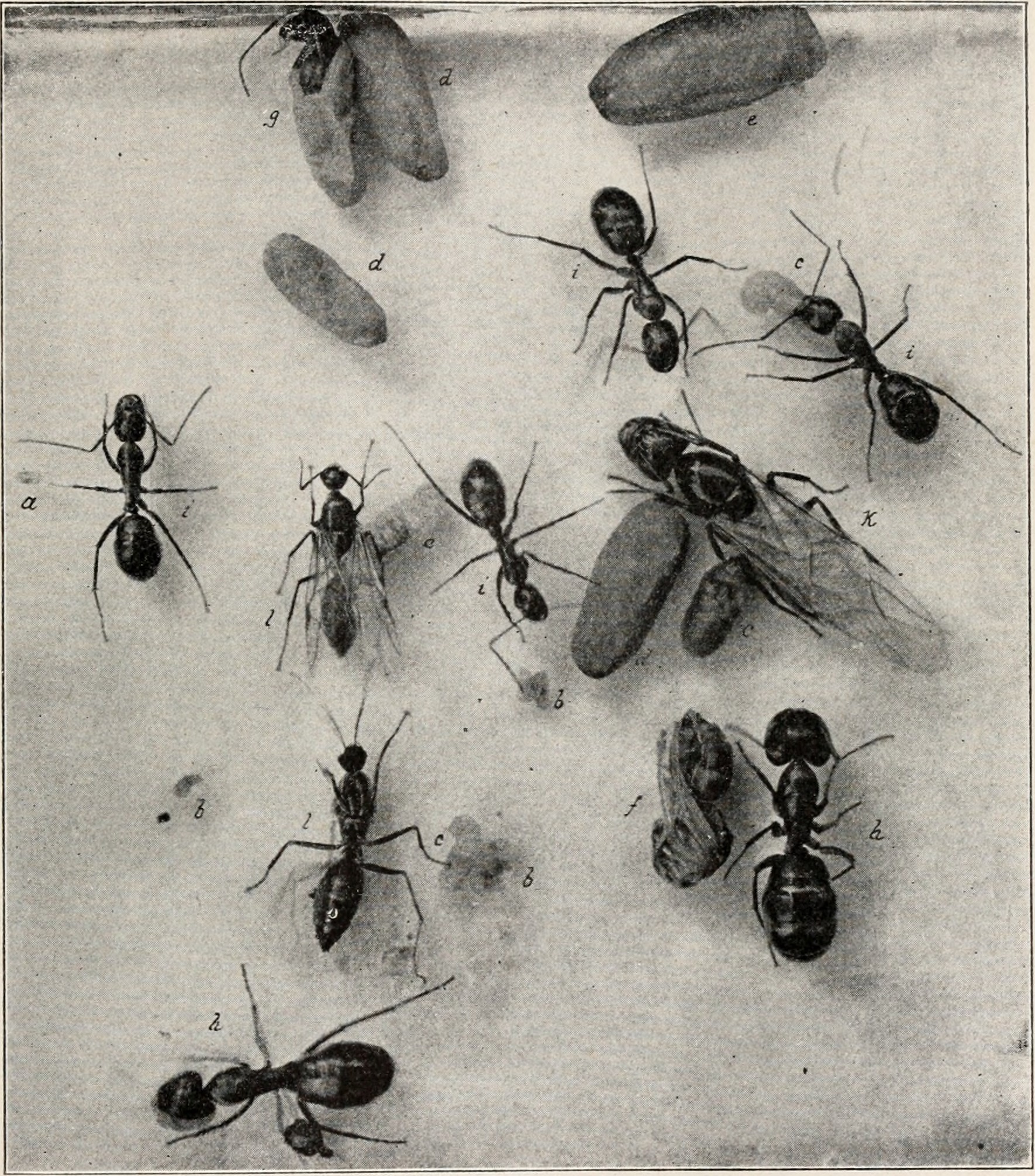
What many people don’t realize is that behavior can be just as important as physical characteristics when it comes to identifying ant species. Different species have evolved remarkably specific behaviors that can serve as reliable identification markers, even when their physical appearance is nearly identical. These behavioral signatures often reflect millions of years of evolutionary adaptation to specific ecological niches.
For instance, some ant species are exclusively nocturnal, while others are active only during specific temperature ranges or humidity levels. The way ants build their nests, forage for food, and care for their young can all provide crucial clues about their species identity. Scientists have documented cases where two morphologically identical ant species can be distinguished solely by their nest architecture or foraging patterns.
Chemical Signatures: The Hidden Language of Ants

Perhaps one of the most sophisticated tools in the ant classification toolkit involves analyzing the chemical compounds that ants use to communicate with one another. Every ant species produces a unique cocktail of pheromones and other chemical signals that serve as their invisible language, and these chemical signatures can be incredibly useful for species identification. This approach, known as chemical taxonomy, has revealed surprising diversity in groups that were previously thought to be single species.
The process involves using advanced analytical techniques like gas chromatography-mass spectrometry to identify and quantify the specific compounds present in ant secretions. What researchers have discovered is that even ants that look absolutely identical can have completely different chemical profiles, reflecting their distinct evolutionary histories and ecological roles.
Geographic Distribution and Ecological Niches
Location and ecological context play crucial roles in ant species identification, often providing the final pieces of the puzzle when physical and genetic evidence is ambiguous. Many ant species have very specific geographic ranges and habitat requirements, which can help narrow down identification possibilities significantly. This biogeographic approach to classification has become increasingly important as scientists recognize that many “widespread” species are actually complexes of closely related but distinct species.
For example, what was once considered a single species of harvester ant distributed across North America has been revealed through careful study to be actually composed of multiple species, each adapted to specific climatic conditions and plant communities. These discoveries have important implications for conservation efforts and our understanding of biodiversity patterns.
The Challenge of Invasive Species Identification

One of the most pressing applications of ant classification techniques involves identifying invasive species before they can establish themselves and cause ecological damage. Invasive ants are among the most destructive organisms on Earth, capable of displacing native species and disrupting entire ecosystems. The ability to quickly and accurately identify potentially invasive species is crucial for early detection and rapid response efforts.
The Argentine ant provides a perfect example of how classification challenges can have real-world consequences. This species is incredibly difficult to distinguish from several native ant species, yet it’s one of the most destructive invasive species in the world. Scientists have developed specialized identification protocols that combine morphological, genetic, and behavioral assessments to ensure accurate identification in the field.
Collaborative Networks and Citizen Science
The sheer scale of ant diversity has led to the development of remarkable collaborative networks that bring together professional scientists, amateur naturalists, and citizen scientists from around the world. These partnerships have dramatically accelerated the pace of ant classification and discovery, with online databases and identification tools making it possible for anyone to contribute to our understanding of ant diversity.
Projects like AntWeb and iNaturalist have created platforms where researchers can share high-quality images, distribution data, and identification resources with a global community. These collaborative efforts have led to the discovery of numerous new species and have helped refine our understanding of ant classification at an unprecedented scale.
Advanced Imaging Technologies Revolutionizing Identification

The development of sophisticated imaging technologies has opened up entirely new possibilities for ant classification, allowing scientists to document and analyze morphological features with incredible precision. High-resolution scanning electron microscopy, micro-CT scanning, and advanced photogrammetry techniques can now capture three-dimensional models of ant specimens with submicron accuracy. These technological advances have revealed structural details that were previously impossible to observe.
Perhaps most exciting is the development of automated identification systems that use machine learning algorithms to analyze ant images and provide species-level identifications. These systems are trained on thousands of specimen images and can often identify species faster and more accurately than human experts, particularly for well-studied groups.
The Integration of Ecological and Molecular Data
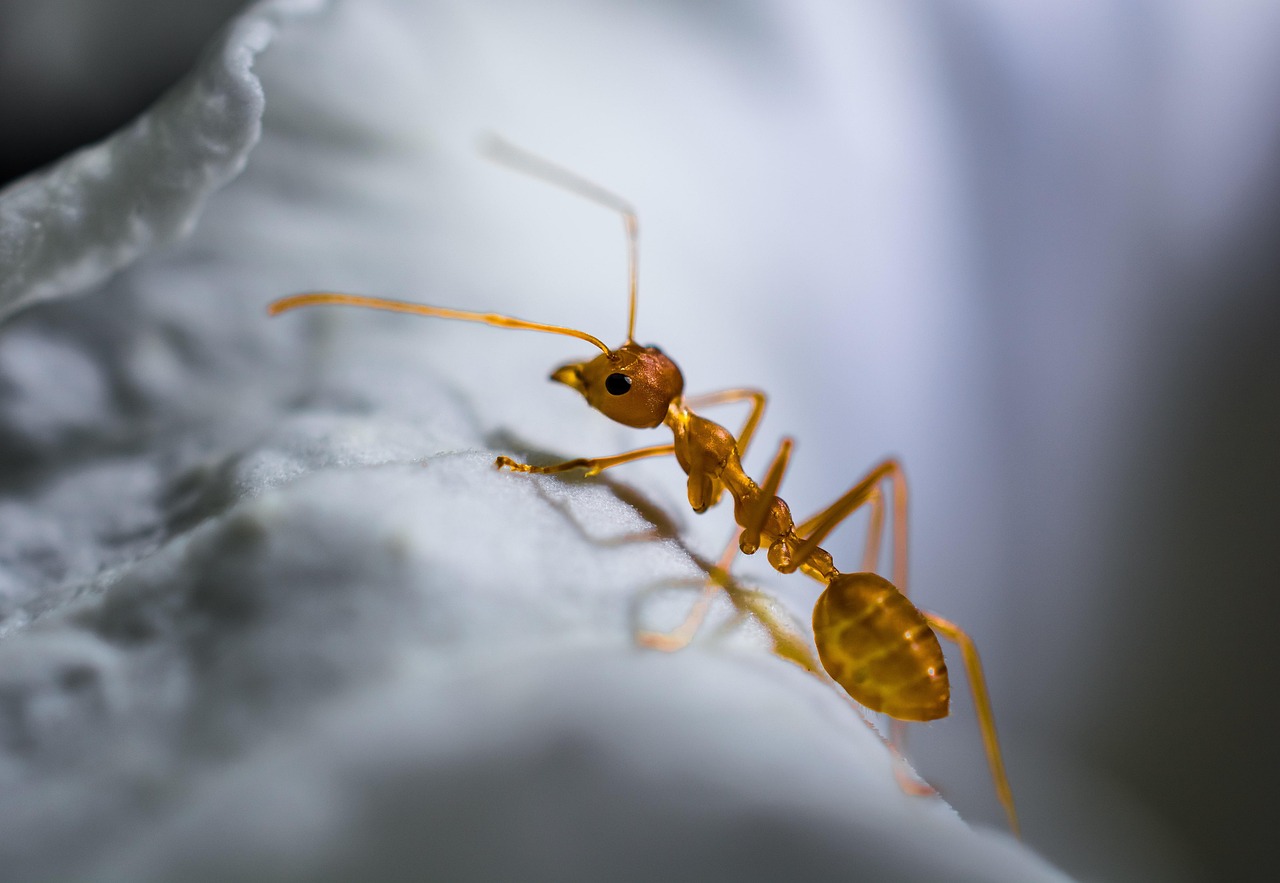
Modern ant classification increasingly relies on integrating multiple types of data to create comprehensive species descriptions that go far beyond simple morphological characteristics. This integrative approach combines genetic data, ecological information, behavioral observations, and traditional morphology to create robust species concepts that reflect the true complexity of ant biology. The result is a much more nuanced understanding of what constitutes a species and how different species relate to one another.
This holistic approach has led to some surprising discoveries, including the recognition that some ant “species” are actually composed of multiple genetically distinct populations that may represent separate species. Conversely, some groups that were thought to contain multiple species have been found to represent single, highly variable species.
Training the Next Generation of Ant Taxonomists
The complexity of ant classification has created a critical need for specialized training programs that can produce the next generation of skilled ant taxonomists. These programs combine traditional morphological training with cutting-edge molecular techniques, creating scientists who are equally comfortable using a microscope and a DNA sequencer. The training process typically takes years and involves extensive hands-on experience with preserved specimens, field collection techniques, and laboratory analysis methods.
What makes this training particularly challenging is that ant taxonomy requires not just technical skills but also a deep understanding of ant biology, ecology, and evolution. The best ant taxonomists develop an almost intuitive sense for the subtle differences that distinguish species, combined with the analytical skills needed to interpret complex genetic and morphological data.
Future Directions and Emerging Technologies
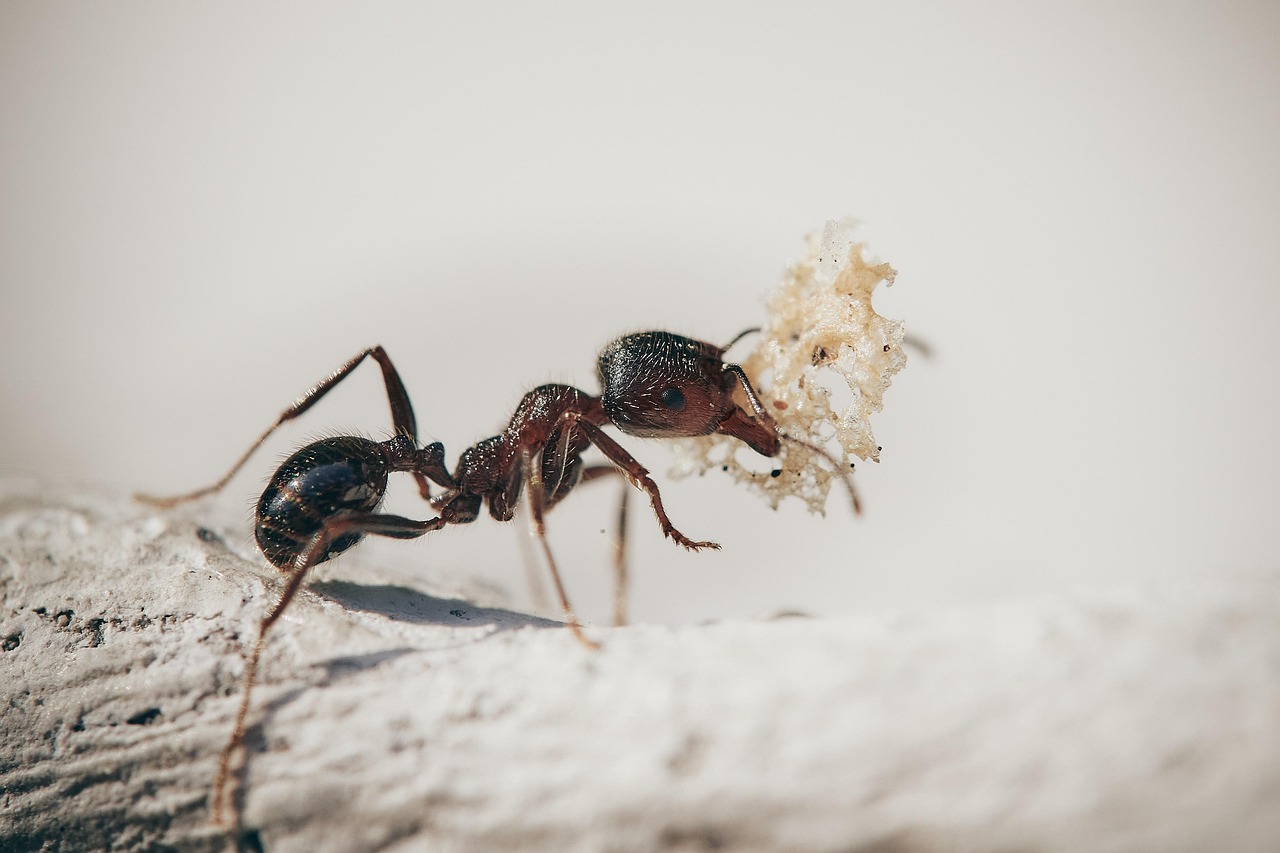
The future of ant classification promises to be even more exciting as new technologies and approaches continue to emerge. Environmental DNA (eDNA) techniques are beginning to allow scientists to identify ant species from soil samples without ever seeing the actual insects, opening up possibilities for rapid biodiversity assessments in remote or inaccessible areas. Similarly, advances in portable DNA sequencing technology may soon make it possible to identify ant species in real-time during field research.
Artificial intelligence and machine learning are also poised to revolutionize ant classification, with systems that can potentially identify species from photographs, predict the likely presence of species based on environmental conditions, and even suggest areas where new species might be discovered. These technological advances, combined with growing global interest in biodiversity conservation, suggest that we’re entering a golden age of ant discovery and classification.
Conservation Implications of Accurate Classification
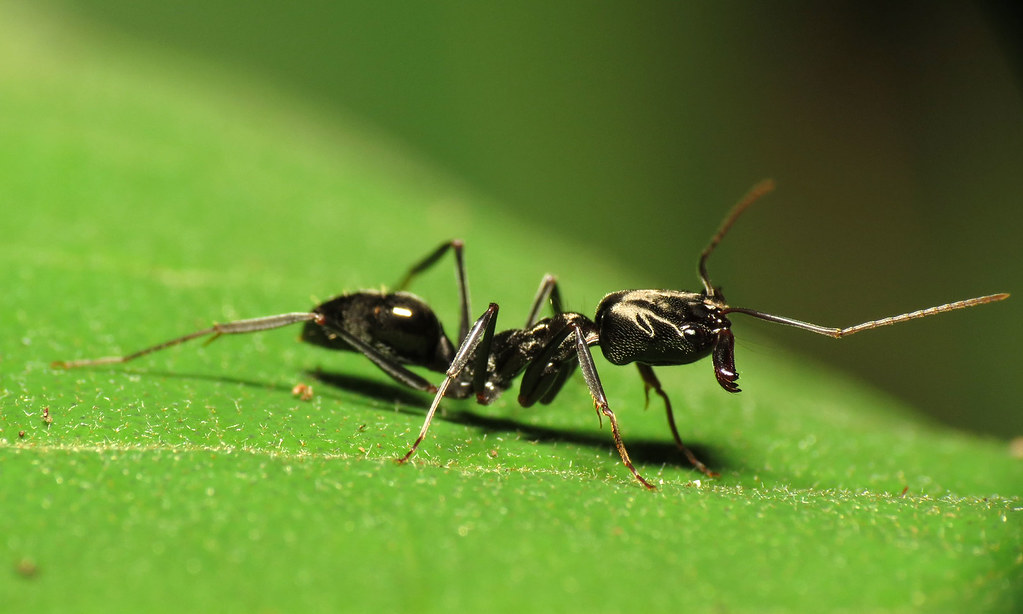
The importance of accurate ant classification extends far beyond academic curiosity—it has direct implications for conservation efforts and ecosystem management around the world. Many ant species play crucial roles as pollinators, seed dispersers, soil aerators, and pest controllers, making their conservation essential for maintaining healthy ecosystems. However, you can’t protect what you can’t identify, which makes accurate classification a critical first step in conservation planning.
Recent studies have shown that areas with high ant diversity often correlate with high overall biodiversity, making ants useful indicators of ecosystem health. This relationship means that comprehensive ant surveys and accurate species identification can help guide conservation prioritization efforts and monitor the effectiveness of protected areas.
The ability to distinguish between native and invasive species is particularly crucial, as management strategies for these groups are completely different. Misidentification can lead to unnecessary control efforts targeting harmless native species or, worse, allow destructive invasive species to establish themselves while being mistaken for natives.
Looking at the incredible complexity of ant classification, it’s clear that these tiny creatures represent one of nature’s most sophisticated evolutionary experiments. The thousands of nearly identical species that challenge scientists daily are actually testaments to the incredible power of evolution to create specialized solutions to environmental challenges. Each subtle difference in morphology, behavior, or genetics represents millions of years of adaptation to specific ecological niches.
What’s perhaps most remarkable is that despite decades of intensive research and the development of increasingly sophisticated identification techniques, scientists estimate that we’ve only scratched the surface of ant diversity. New species are being discovered regularly, and many of the species we think we know well are likely to be revealed as complexes of multiple species as our identification techniques continue to improve.
The work of ant taxonomists might seem like an esoteric academic pursuit, but it’s actually one of the most important frontiers in biology today. As we face unprecedented rates of habitat loss and species extinction, the race to catalog and understand Earth’s biodiversity has never been more urgent. Every newly identified ant species adds another piece to our understanding of how life on Earth works and how we can better protect it for future generations.
Next time you see a line of ants marching across your sidewalk, remember that you’re witnessing one of nature’s most complex classification puzzles in action. Those seemingly identical insects represent the culmination of millions of years of evolution and the ongoing efforts of dedicated scientists working to understand and protect one of our planet’s most diverse and important groups of organisms. Isn’t it amazing how much complexity can be hidden in something so small?

